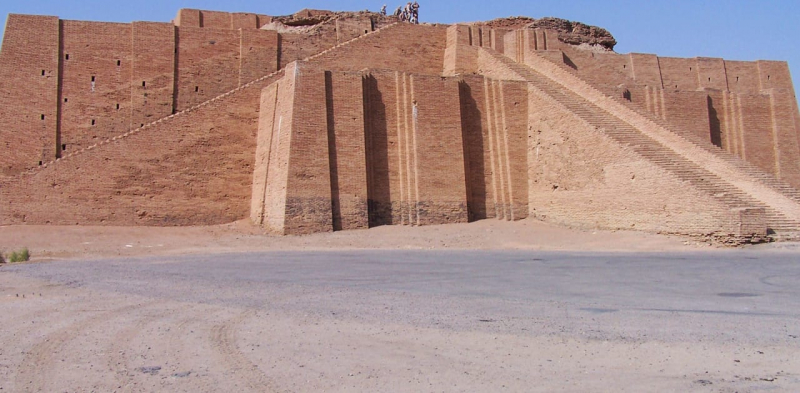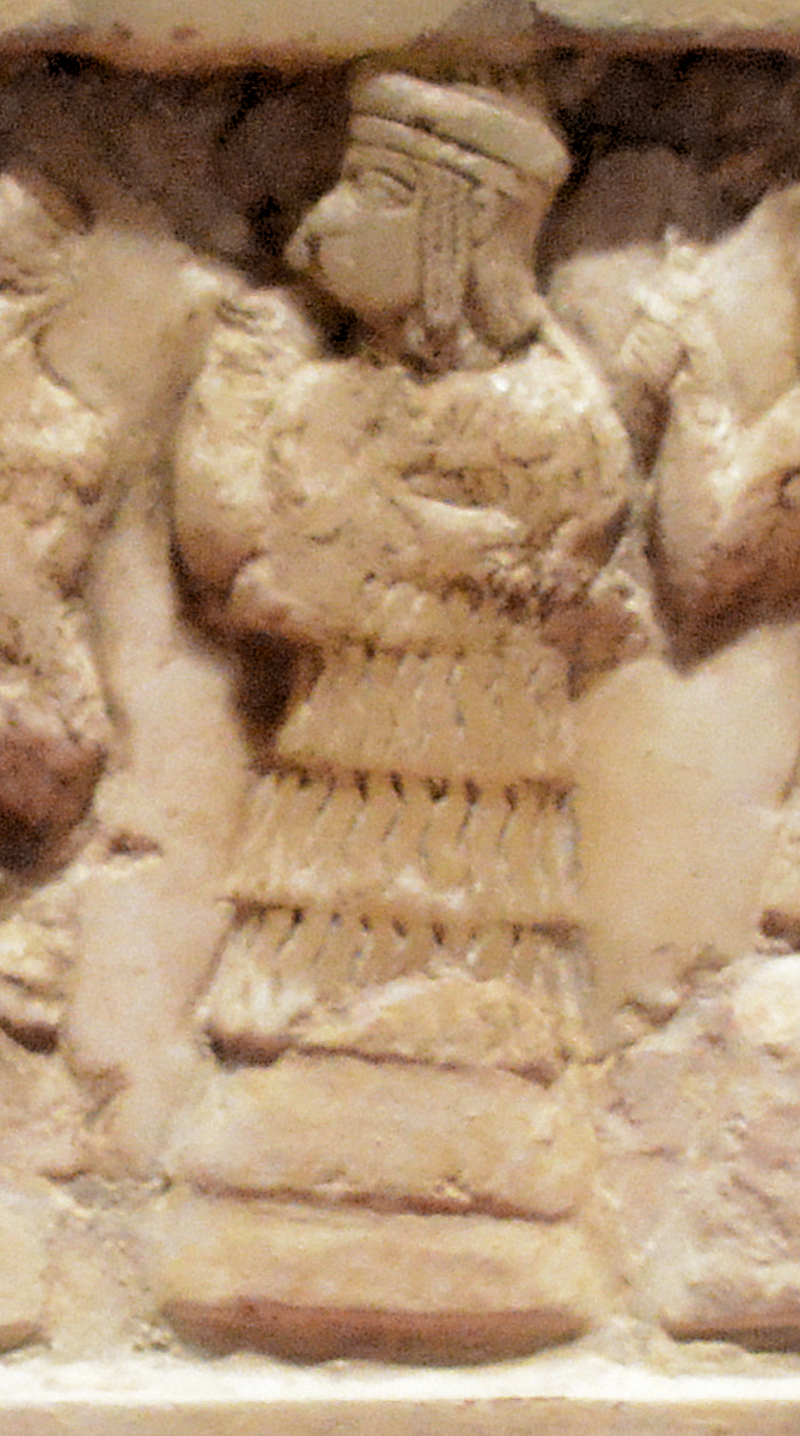Priests and priestesses
Priests were at the top of the social pyramid because they were the closest to the gods that Mesopotamia believed in. In fact, they were the only people permitted to enter a ziggurat! The ziggurat stood in the heart of each city-state. The monks lived nearby in two-story sun-hardened mud brick dwellings. In Mesopotamia, a priest was in charge of ensuring that everyone behaved in a way that pleased the gods.
The training to become a priest or priestess, according to John Patrick Guinto, was long and tough, but the benefits were immense. Priests generally served a male god and priestesses a goddess, while some priestesses worked in male god temples. In Mesopotamia, priestesses were the first dentists and doctors.
Enhenduanna, the daughter of Sargon of Akkad, was the most famous priestess of ancient Mesopotamia. In the time of her father, Sargon of Akkad, Enheduanna was the EN priestess of the moon deity Nanna in the Sumerian city-state of Ur. Her father most likely designated her as the leader of the religious cult at Ur in order to strengthen relations between her father's Akkadian religion and the native Sumerian religion. Enheduanna has been hailed as the world's first named author, with a number of works in Sumerian literature, such as the Exaltation of Inanna, including her as the first-person narrator, and other works, such as the Sumerian Temple Hymns, perhaps identifying her as the author.








